Menu
Better Water Supply And Safer Transport For Millions
SJ (South and Central Asia Division)
January 2022
Batumi By-Pass, Georgia
Transforming Generations, Sustainably
Bold Masterplanning for Better Water Supply and Safer Transport for Millions in South and Central Asia
SJ (South and Central Asia Division)
January, 2022
Batumi By-Pass, Georgia
Abstract: The Surbana Jurong Group and SMEC have delivered vital infrastructure to ensure access
to safe water and clean energy for the people of South and Central Asia over the past 50 years.
SMEC is also the only private entity to have designed and supervised a specialised 765 kVA
transmission line stretching across North Eastern India. This endeavour to empower remote
communities continues with the master planning of economic corridors such as the vital Delhi Mumbai
Industrial Corridor in India, and our involvement in the CPEC (China–Pakistan Economic Corridor)
Corridor in Pakistan, the CAREC (Central Asia Regional Economic Cooperation Programme) corridor
in Central Asia which will uplift the people in these regions.
The South and Central regions of Asia are home to a rich diversity of geographies, topographies and
climates. The region is also home to a significant portion of the world’s population, many living in rural
and peri-urban spaces. People here often have limited access to basic services like drinking water,
sanitation, mobility etc. which limits their ability to develop and prosper. Sustainability is not only about
clean energy, protecting ecosystems, reducing carbon footprint, but also about empowering people and
alleviating poverty.
The Surbana Jurong (SJ) Group and SMEC have been actively delivering vital projects to communities
in the South and Central Asia to improve their quality of life. This journey in this region began in 1968
with a hydropower project in Nepal that connected people in remote Himalayan areas with water and
power. Since then, we have grown a strong local presence in the region. Responsible for helping to
build large-scale international, national, and urban infrastructure in 16 countries, we have truly
enhanced sustainable development in South and Central Asia.
Background
SMEC is a member company of the Surbana Jurong Group, which is owned by Temasek Holdings in Singapore. Strongly connected to Temasek’s ABC framework for creating active and productive economies; beautiful and inclusive societies; and a clean, cool Earth, our impact in the region spans a number of the United Nations 2030 Sustainable Development Goals (SDG), defined under the 2015 charter.
As a group, our core focus is delivering impact in these areas through our consultancy work:
Goal 6: Clean Water and Sanitation
Goal 7: Affordable and Clean energy
Goal 8: Decent Work and Economic Growth
Goal 9: Industry, Innovation and Infrastructure
Goal 11: Sustainable Cities and Communities
Goal 7: Affordable and Clean energy
Goal 8: Decent Work and Economic Growth
Goal 9: Industry, Innovation and Infrastructure
Goal 11: Sustainable Cities and Communities
In many of our projects, we have taken sustainable development further by working with local
communities, funding agencies, and other organisations to extend our impact into other SDGs.
These secondary impact areas include our work in healthcare, education and institutional
development and sustainable urban development, along with treatment facilities for water and waste
to improve land and water environments by reducing pollution, while promoting supplementary
efforts such as afforestation.
Over the last 53 years in the region, SJ and SMEC, along with our local subsidiaries, have worked to help a significant section of South and Central Asia’s population access basic amenities, while ensuring job creation and improving economic performance in many of the region’s nations.
CLEAN WATER
Clean and safe water is a necessity. Our teams have worked with various governments on numerous
urban and rural water supply projects to process clean water for drinking and irrigation across the
South and Central Asia region.
We have recently designed a 12,000-km water pipeline network that will help India’s Karnataka and
Uttar Pradesh states to implement rural water supply systems for over 10 million people in 16 districts.
We have also provided similar rural water solutions in Pakistan’s most populous state under the
Punjab Saaf Paani (Punjab Clean water) initiative, and through the Khulna Water Supply Project in
Bangladesh.
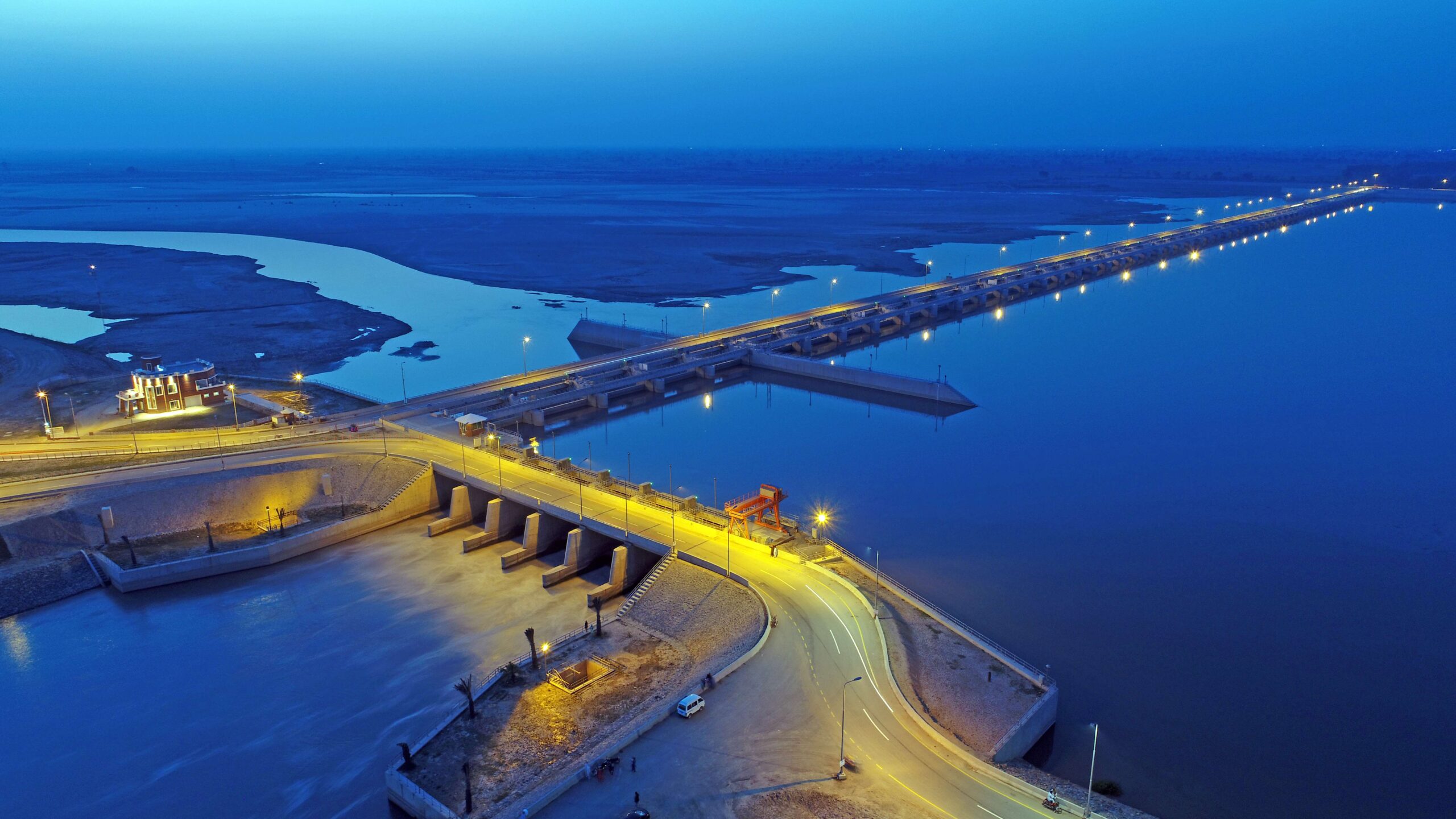
New Khanki Barrage Project, Pakistan
We are also helping to conserve the use of water. For example, through the Colombo Non-Revenue
Water Project, we are working to reduce water loss in transmission and tighten Sri Lanka’s water
management systems, while also helping to reduce pollution, by designing and project managing a
new, 150 MLD (megaliters per day)-capacity sewage treatment plant in the nation’s capital.
Our commitment to reducing pollution in South and Central Asia extends to our work on projects like
Hyderabad Pharma City. This 19,000-acre development is designed with a ‘Zero Liquid Discharge’
system for water intensive industries in India’s semi-arid heartland. To ensure that treated wastewater
from the centralised effluent treatment plant is fully utilised, it reuses and repurposes water for
non-process use, cooling, irrigation and cogeneration purposes.
Over the next six years we will also design and project manage the largest desalination plant in South
Asia. Located in Chennai in India, its 400 MLD capacity will serve about 50 per cent of its population
– while delivering a new level of service in guaranteed water supply to a city that that has suffered a
severe, 20 year-long water supply crisis.
We are involved in creating significant irrigation assets in Central Asia through our work in
Kazakhstan’s Second Irrigation and Drainage Project, that aims to revive the nation’s agriculture
sector (whose contribution has dropped from over 10 per cent of the GDP to just 4 per cent in the last
20-25 years). Spanning 1,500km, once complete, the new assets will have a positive and far-reaching
impact on the country’s agricultural economy.
The New Khanki Barrage Project in Pakistan is designed to support water supply and irrigation to
over 3 million acres of land. Protecting upstream fish migration patterns by designing ladders for
species like salmon on either side of the barrage, this project aims to reduce the long-term
environmental impact of the project for life below water.
In line with the UN Sustainable Development Goals 6 and 7, our efforts to progress clean water and
power are foundational to SMEC’s business, and have seen us bring in international specialists and
develop local expertise to help design, and project manage over 12,000 MW of hydropower projects
across South and Central Asia.
In Pakistan we have contributed to Karot and Tarbela dam extensions and are currently upgrading the
Mohmand Dam. In India we have been involved with many water and power projects from Tehri
Pumped Storage, to Shongtong Karcham and Rushwagadhi.
Meanwhile, in Nepal and Sri Lanka, our teams have worked on the Nalsing Gad Project and the
Mahaweli Project respectively. Connecting to national grids, the power produced by these urban
and rural projects combined, reaches over 25 million people within the regions that they are built
in and beyond.
CLEAN AND AFFORDABLE ENERGY
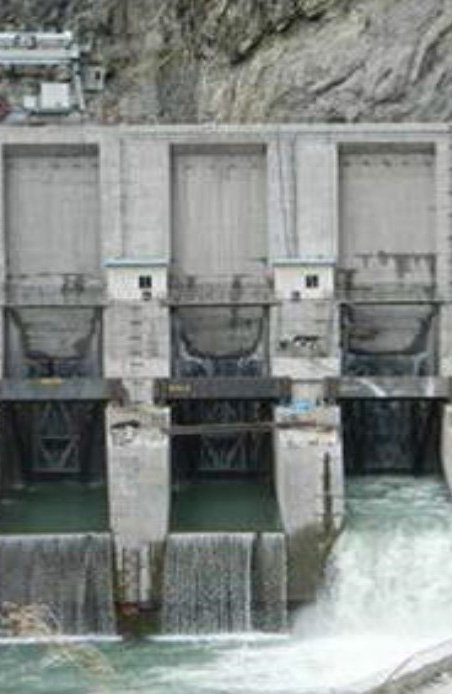
Budhil Hydropower Project in Himachal Pradesh, India
Driving economic opportunity and industrialisation,
SJ and SMEC’s energy projects in South and
Central Asia have boosted job creation in
manufacturing and service industries. Our
contribution to the region’s energy sector began
with the creation of important mega hydropower
assets which are now ingrained in SMEC’s legacy.
Today, our energy expertise in the region
encompasses extensive infrastructure to transport
the power and water generated from these assets.
SJ and SMEC’s energy projects in South and Central Asia have boosted job creation in manufacturing and service industries.
Driving positive economic impact, we now
specialise in high-voltage long distance
transmission and distribution networks to take the
power from remote Himalayan regions to urban
and industrial towns far away from the highlands.
SMEC is also the only private entity to have designed and supervised a specialised 765 kVA
transmission line that stretches across North Eastern India, and our teams have overseen the
implementation power distribution networks in Assam, Karnataka and Madhya Pradesh states.
In addition to building transmission and distribution capability in the region, we also have completed a
full-fledged overhaul of street level power infrastructure in Pimpri Chinchwad, an industrial town near
Pune in India, and upgraded the street infrastructure separating dry and wet utilities for easy
operations and maintenance.
Furthermore, we have recently delivered a Smart Metering Upgrade Project in Guwahati city to
reduce power loss and improve revenues for the city electricity board. The programme recently
published a report noting this project and others across India have reduced electricity losses of
between 11 and 36 per cent in key urban centres and improved billing efficiency by 21 per cent.
MASTER PLANNING INDUSTRIAL PARKS
With power and water availability, comes the ability to generate economic impact and growth. Present
in South and Central Asia for over 50 years, SJ and SMEC’s heritage of strong initiatives include
designing 35 city masterplans, along with industrial parks, SEZs and commercial hubs. Indeed, we
have helped house over 50,000 families in India, Pakistan, Bangladesh, Central Asia and Sri Lanka.
Our marquee partnership with the Mahindra Group, to set up premier industrial parks, began in late
1990s. The parks now host major industrial brands including BMW, BASF, Fujitec, Braun, Cap Gemini,
Infosys, Deutsche Bank and JCB across a range of sectors from automotive, technology, textiles and
heavy engineering and machinery.
Our impact is not limited to our region. In fact, our master planning expertise for complex multi-modal
infrastructure which supports the manufacturing sector saw Alstom’s industrial facility in Sri City SEZ,
India supply the first coaches for Sydney’s Metro North West which were transported via road and rail
links to the nearest airfield and then airlifted to Australia.

Artist’s impression of the proposed Meghbon residences, Bangladesh
With more than 700 industrial plants and over 100 million sq. ft of technology parks built in the areas planned by our teams, we are proud to have made a sustainable impact on the lives of millions of people across the region
CORRIDORS OF OPPORTUNITIES
Sustaining cities is a herculean undertaking which takes many years. In 1998, we delivered a
masterplan of the IT Corridor in Bangalore in India. Showcasing the sustainable impact of our work,
the city’s economic output has soared, doubling in value since completion. (For every IT job created
in the country during the 2000s, at least 7 supporting jobs were created in the city.) Today, it is India’s
third largest city, contributing to 33 per cent of the nation’s IT sector.
Over the last decade we have embarked on another large-scale initiative, working to develop key
economic corridors in the Northwest and the Southeast of India and international corridors in South
and Central Asia. These corridors not only become an infrastructure spine, but also create offshoot
opportunities around them.
We are proud to have designed and seeded the Japanese-backed 200 sqkm Delhi Mumbai Industrial
Corridor near Gurgaon, that anchored the development of India’s most ambitious growth plan. We
have since developed the master plan for Vizag Chennai Corridor (backed by the Asian Development
Bank) on the East Coast, which will extend through the state of Odisha.
Over the last 20 years, our teams have redefined planning for India’s Western Hubs of Mumbai and
Pune, transforming the approach from a singular CBD to a distributed economic centre model for
development, and tying it to the larger national context of the Delhi Mumbai Industrial Corridor.
The Delhi Mumbai Industrial Corridor is noteworthy for its scale. We are working with leading
contractors in designing heavy rail projects to help move double-stacked containers along the 1,500
km rail route of the Delhi Mumbai Industrial Corridor.
With the launch of the Navi Mumbai International Airport, we are beginning to see one of the most
expansive and highest value development areas of India materialise after master planning it 15 years
ago. The 4,500 acre Navi Mumbai SEZ, located at the southern end of the Delhi Mumbai Corridor is
shaping up as one of India’s largest business houses. At the other end of the corridor, near Delhi, we
are designing and project managing the 1,600 acre first phase of a private industrial park, and are
now looking to help expand it to a total of about 10,000 acres.
We are also part of larger international transport infrastructure initiatives for the region, including the
South Asia Sub-regional Economic Cooperation Corridor which will connect South Asia to Myanmar
and the rest of South East Asia, via India, Bhutan, Nepal and Bangladesh.
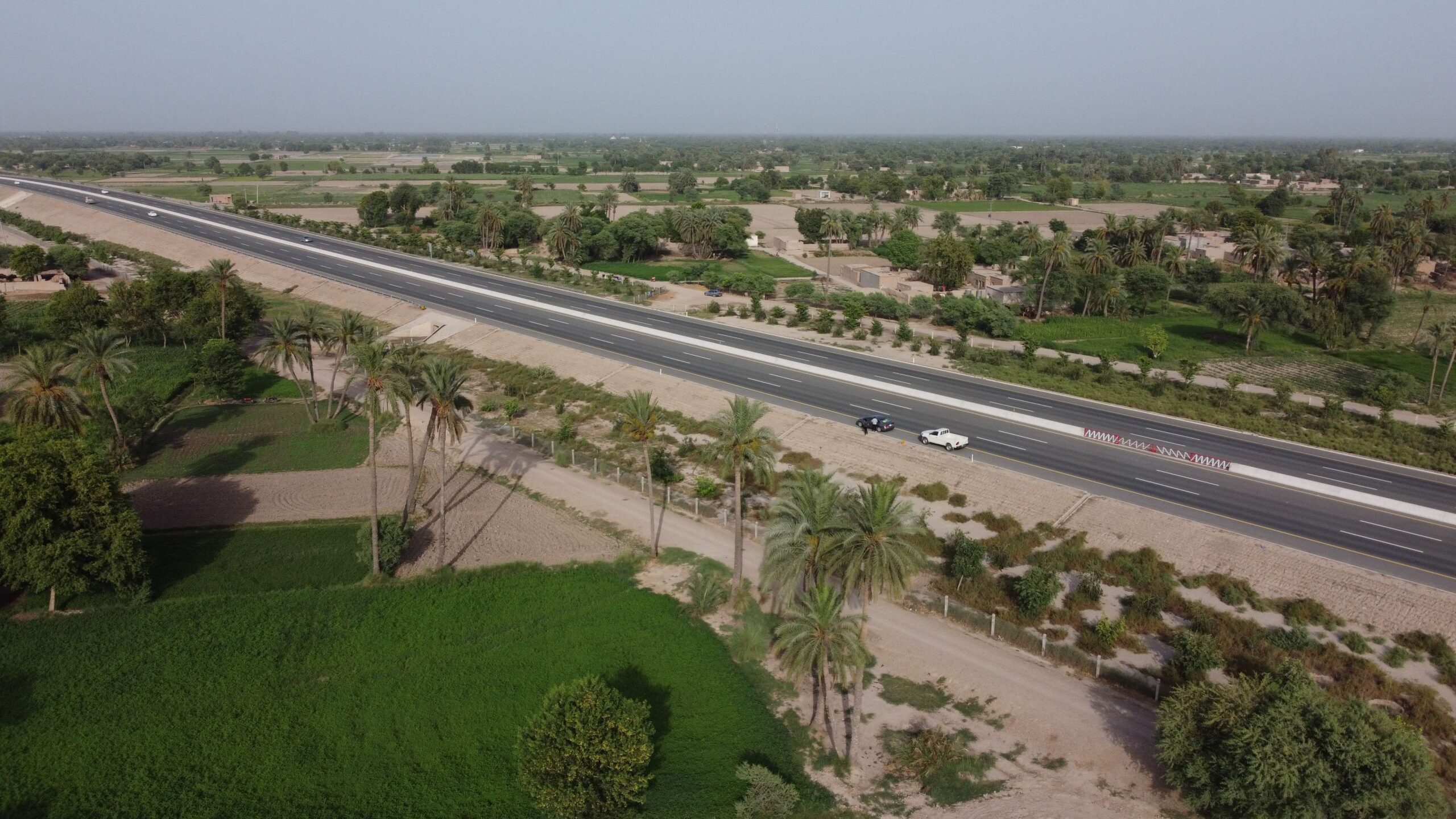
The Sukkur Multan Motorway Project, Pakistan
IMPROVING TRADE BETWEEN SOUTH AND CENTRAL ASIA
In Central Asia, we are working to progress the
CAREC Corridor which will reactivate the Silk
Route across 11 countries in the region. As part
of China’s Belt and Road Initiative in Pakistan –
the CPEC Corridor, our teams are overseeing
the plantation of 400,000 trees as part the 392
km Sukkur Multan Motorway Project to enhance
the life on land ecosystem. The road is
expected to significantly improve trade activity
along the route while creating a critical
ecological value.
Our ongoing mass transit projects in Chennai, Bangalore, Dhaka and Mumbai continue to make a
difference in connecting communities, and our team is currently involved in designing over 100 km of
metros that will significantly reduce pollution and improve equitable urban connectivity. Alignment
design, structural and civil works design, MEP services, station design, and supervision of mass transit
work has been another rewarding experience for our group in South Asia as a multi-disciplinary team.
Every passenger who chooses the metro instead of a car or bus contributes to reducing emissions by
up to 100 grams of CO2 for every 10-km trip. One of our clients, Delhi Metro Rail Corporation, which
has over 1,200 km of metro projects already built or under construction, has been certified by a United
Nation’s body for saving 630,000 tonnes of CO2 per year in just one city.
In addition to connecting areas with large populations, in some cases, we have needed to develop
solutions to help traverse unique geographical hurdles. For example, the Atal Tunnel provides all
weather connectivity to northern Himalayan plateaus in India, and the Salang Pass Tunnel Upgrade
(which will connect Afghanistan’s capital to northern territories and Central Asia) is designed to both
improve transport conditions for a large population formerly disconnected over the long winter months.
In Bangladesh, the Padma Bridge project, a road and rail bridge will connect 21 districts in
Bangladesh’s southern region, where 38 million people live, to the capital while reducing vehicle
operation costs by 34 per cent and travel time by 35 per cent (or by up to 10 hours). This contributes
to a total saving of 1.2 per cent of the country’s GDP in direct economic impact.
Apart from improving connectivity, SMEC is
also contributing to greenfield projects. Our
teams are also in the process of developing a
new 1,200 acre, greenfield project further
south of Mumbai called Orange Smart City,
where our client is focusing on bringing in 21st
century thinking and technology integration to
the forefront of urban development in India,
which seeks to be the first market-led PPP
project with its own planning authority.
Infrastructure and urban development are
hallmarks of a progressive society and we need
to embrace technology as we progress,
ensuring our mission of Building Cities, Shaping
Lives is truly sustainable as communities
benefit holistically.
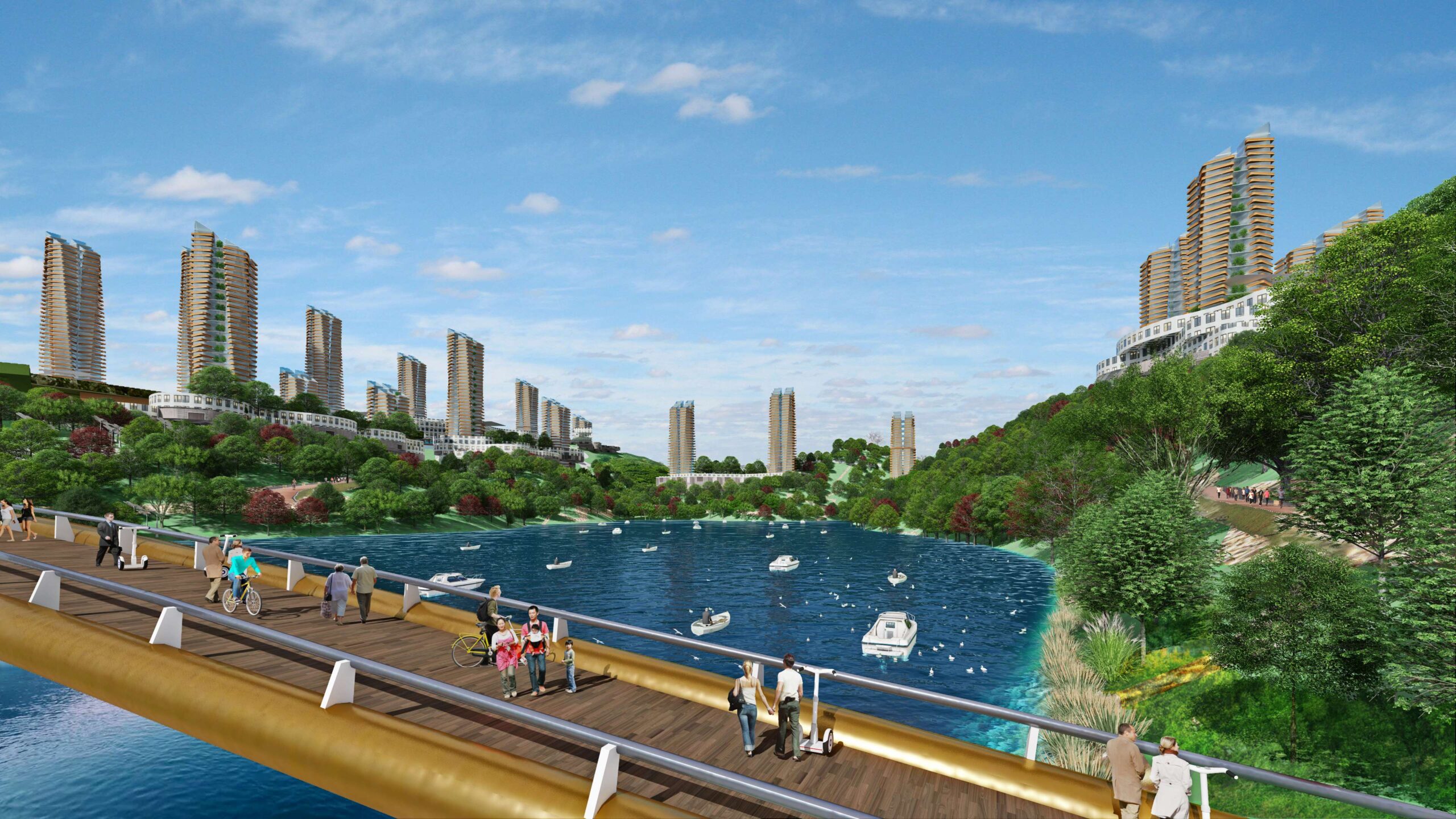
Artist’s impression of the proposed Orange Smart City, India
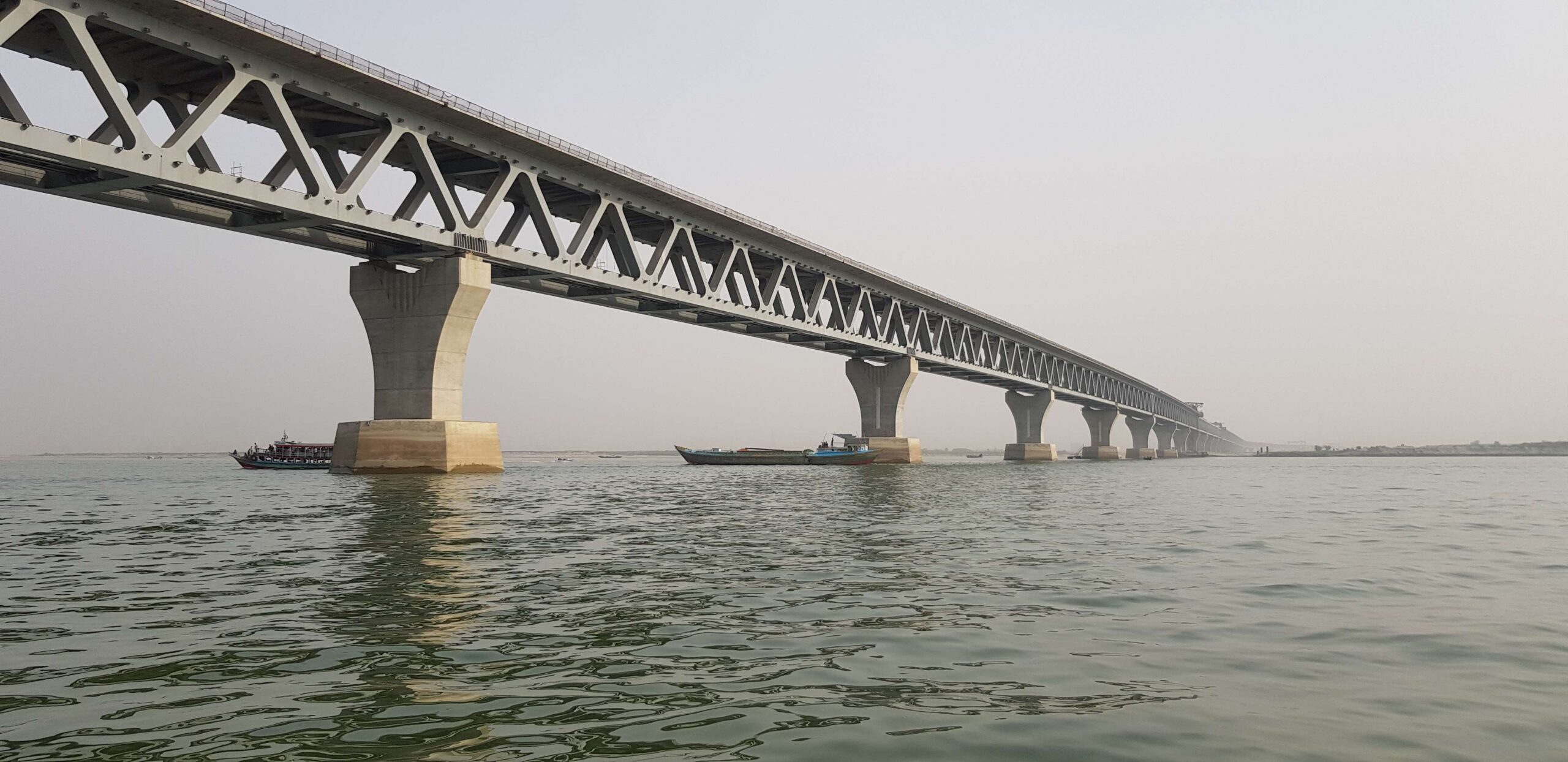
Padma Bridge, Bangladesh
The SEEDS Journal, started by the architectural teams across the Surbana Jurong Group in Feb 2021, is a platform for sharing their perspectives on all things architectural. SEEDS epitomises the desire of the Surbana Jurong Group to Enrich, Engage, Discover and Share ideas among the Group’s architects in 40 countries, covering North Asia, ASEAN, Middle East, Australia and New Zealand, the Pacific region, the United States and Canada.
Articles at a glance







